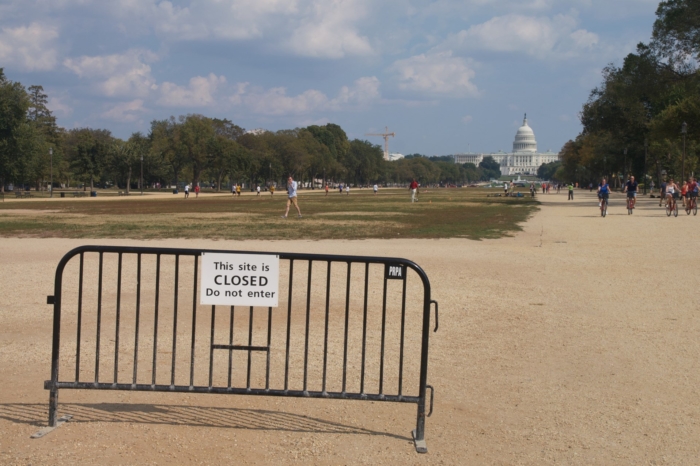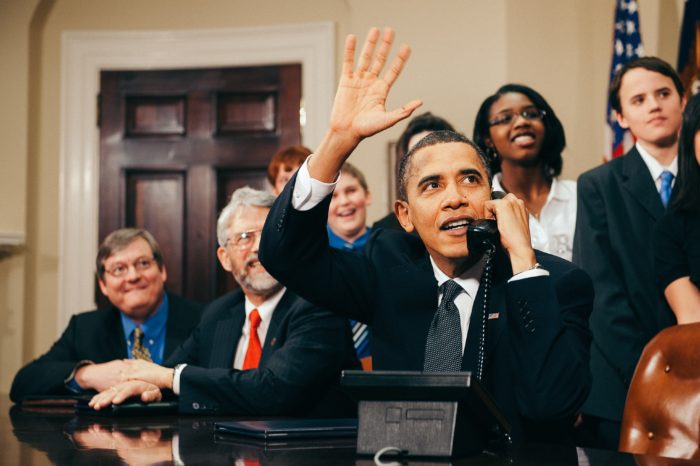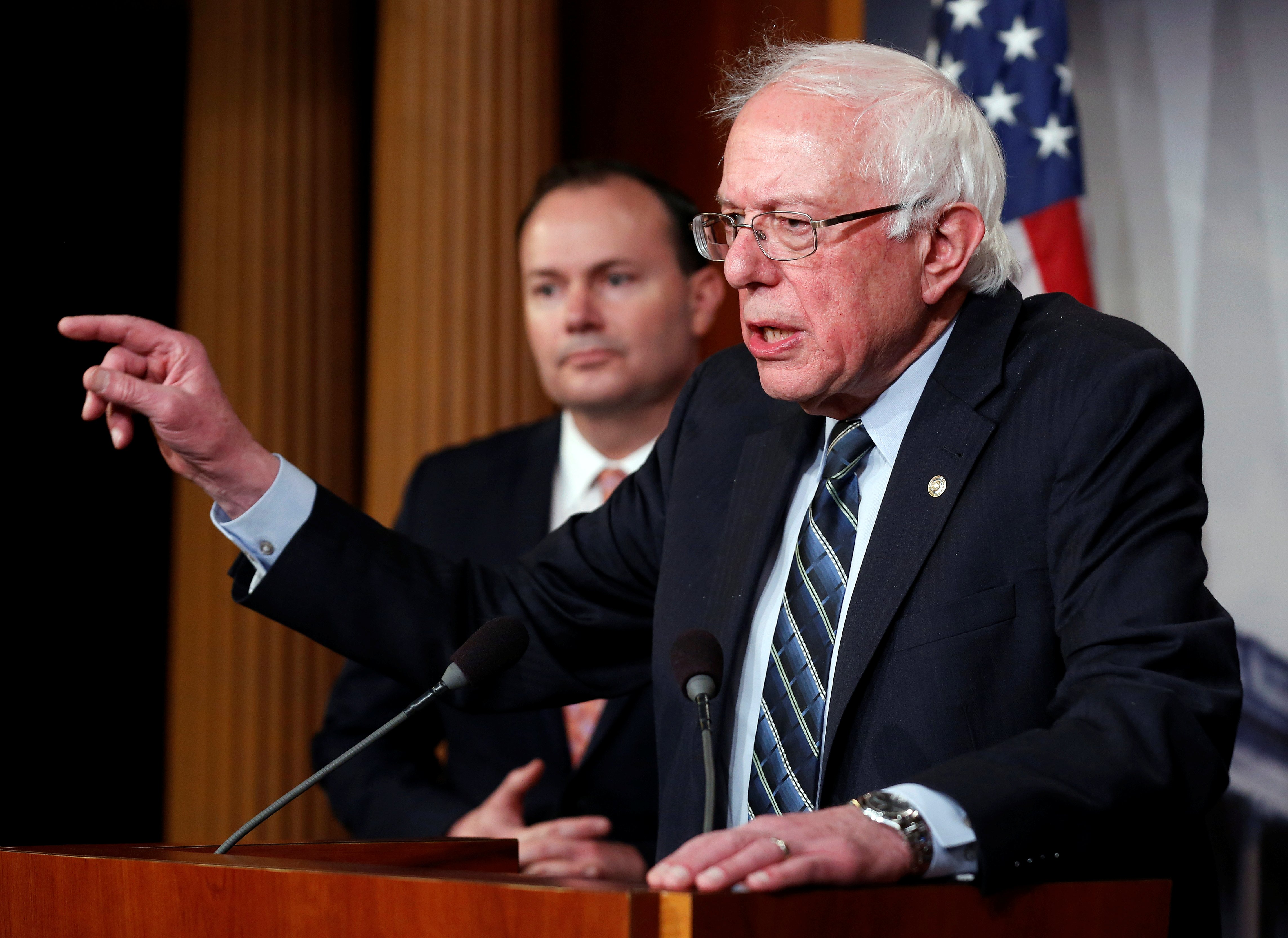The Myth That Standard Oil Was a ‘Predatory Monopoly’
In light of recent calls to enforce antitrust laws against Google, it is worth scrutinizing the argument behind antitrust regulation. As is often the case, these regulatory efforts hurt consumers more than they help.
Consider some history. The Sherman Antitrust Act was passed in 1890 against the backdrop of the nascent Industrial Revolution and the rise of big business in America. The ostensible rationale for antitrust regulation was to protect consumers from the “predatory pricing” of large companies. The theory holds that a company could cut its prices low enough to drive competition out of the marketplace. Then, when it corners a market, it could raise prices and exploit consumers. It’s a plausible-sounding theory. But almost never has it been documented in practice.
Take the case against Standard Oil, which is regarded today as textbook evidence of predatory monopoly power. In 1870, when it was in its early years, Standard Oil owned just 4 percent of the petroleum market. John D. Rockefeller, however, obsessed over improving efficiency and cutting costs. Through economies of scale and vertical integration, he vastly improved oil-refining efficiency. His business grew as a result.
By 1874, his share of the petroleum market jumped to 25 percent, and by 1880 it skyrocketed to about 85 percent. Meanwhile, the price of oil plummeted from 30 cents per gallon in 1869 to eight cents in 1885. Put simply, Rockefeller increased production and lowered prices while creating thousands of well-paid jobs along the way (he usually paid his workers significantly more than his competition did). His business was a model of free-market efficiency.
But neither his competitors nor the US Supreme Court seemed to take note. In 1911, the court declared Standard Oil a monopoly and ordered its breakup. Revealingly, as scholars have noted, the court made no mention of either predatory pricing or withholding production, as monopoly theory maintains. In fact, economist John S. McGee reviewed over 11,000 pages of trial testimony, including the charges brought by Standard Oil’s competitors. Publishing his findings in the Journal of Law and Economics, he concluded that there was “little to no evidence” of wrongdoing, adding that “Standard Oil did not use predatory price cutting to acquire or keep monopoly power.”
Furthermore, and also in contradiction to monopoly theory, Standard Oil’s share of the market had declined from close to 90 percent in the late 1800s to about 65 percent at the time of the court’s ruling. These facts, however, did not faze the judiciary. The court ruled that because Standard Oil had consolidated some 30 divisions under one single management structure it counted as a monopoly. In other words, Standard Oil did precisely the opposite of what monopoly theory maintains—it reduced rather than raised prices, it increased rather than cut production, it lost rather than “controlled” market share, and it paid its employees more rather than less than its competitors—yet the theory that Standard Oil engaged in “predatory practices” and “exploited” consumers has prevailed in our history books.
But the truth is the theory is as lacking as the evidence is scarce. First, it is incredibly risky for a company to artificially hold down its prices in hopes that it drives competitors out of the market. No company knows how long that might take—weeks, months, years? Who can afford that risk? Second, at any point a competitor could enter the market and force a predatory business to continue driving its prices down, thus inflicting even more financial pain. Third, artificially low prices encourage increased consumer demand, meaning a business that sells product below cost must step up its production to meet higher demand, accelerating its financial losses.
For these reasons, private monopolies are virtually non-existent in the historical record. Indeed, University of Hartford economics professor and antitrust expert Dominick Armentano reviewed 55 of the most famous antitrust cases in US history. In his landmark book, Antitrust and Monopoly: Anatomy of a Policy Failure, he concluded:
Antitrust policy in America is a misleading myth that has served to draw public attention away from the actual process of monopolization that has been occurring throughout the economy. The general public has been deluded into believing that monopoly is a free-market problem, and that the government, through antitrust enforcement, is on the side of the ‘angels.’ The facts are exactly the opposite. Antitrust…served as a convenient cover for an insidious process of monopolization in the marketplace.
In other words, the very antitrust policies that were designed to prevent monopolies have in fact created them. For example, economist Tom DiLorenzo documents that following the breakup of Standard Oil, the government created the Oil Division of the US Fuel Administration and the Federal Oil Conservation Board, effectively making the oil industry a government-protected monopoly.
While the purported purpose was to assure steady oil production during and after WWI, it, in fact produced the full repertoire of predatory monopoly policies: price fixing (at artificially high rates), the elimination of competition, inefficiency, corruption, and waste. Moreover, this pattern has been a consistent feature of antitrust policy. As Armentano notes, “the entire antitrust system—allegedly created to protect competition and increase consumer welfare—has worked, instead, to lessen business competition and lessen the efficiency and productivity associated with the free-market process.”
Thus, the record is clear: Antitrust has inflicted far more harm than good. Those calling to enforce it against Google ought to study that record. Doing so would encourage them to realize that antitrust policy is the problem and that applying it is far from a helpful solution.
COLUMN BY

David Weinberger
David Weinberger previously worked at a public policy institution. He is currently a freelance writer. Follow him on Twitter @dweinberger03.Email him at dwdweinberger@gmail.com.
RELATED ARTICLE: Trump helping Europe cut the electric cord with Russia
EDITORS NOTE: This column with images by FEE is republished with permission.


























